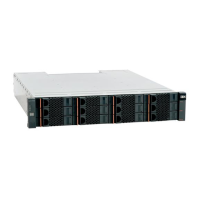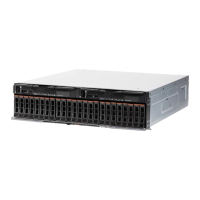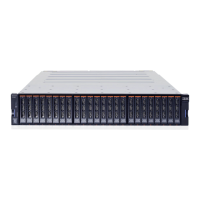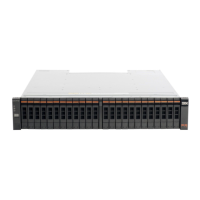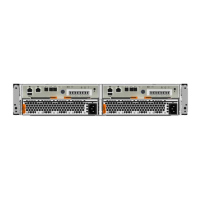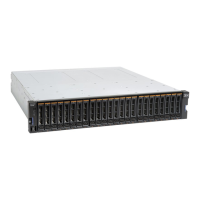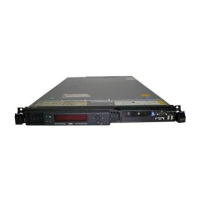Chapter 12. Host configuration 513
12.2 Discovering volumes from the host and multipath settings
This section shows how to discover host mapped volumes from the host.
We assume that you have completed all previous steps so that the hosts and IBM Flex
System V7000 Storage Node are prepared:
Prepare your operating systems for attachment by installing the appropriate multipath
driver if needed. Use the System Storage Interoperability Center (SSIC) to check which
code levels are supported to attach your host to your storage. SSIC is a web tool that
checks the interoperation of host, storage, switches, and multipathing drivers. It can be
found at the following address:
http://ibm.com/systems/support/storage/ssic/interoperability.wss
Perform basic volume configuration.
Create hosts using the GUI.
Perform host mapping.
See Chapter 6, “Basic volume and host configuration” on page 255 for more information.
In the IBM Flex System V7000 Storage Node GUI, click Hosts All Hosts (Figure 12-1).
Figure 12-1 Open all hosts
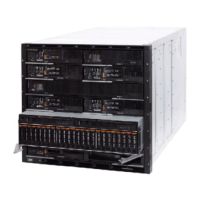
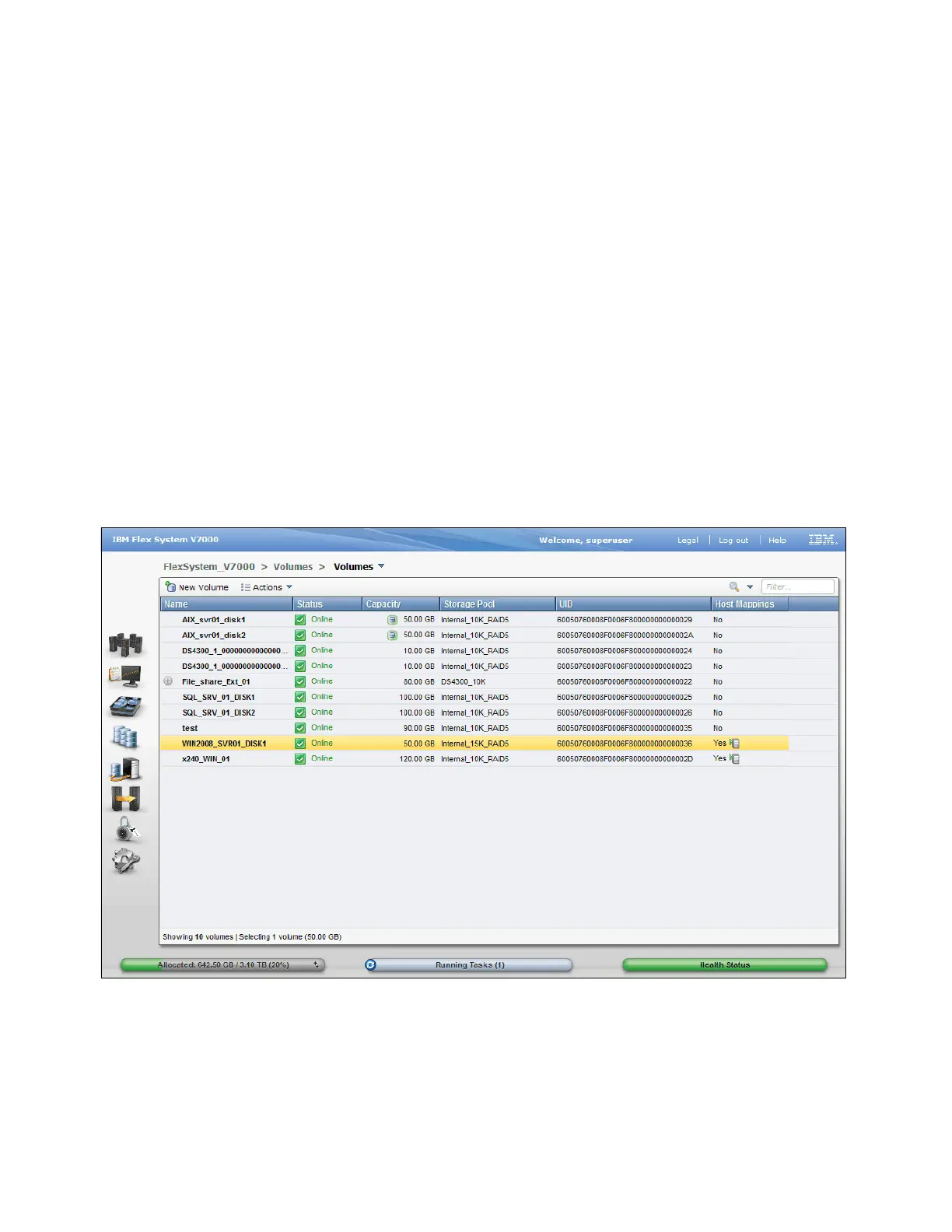